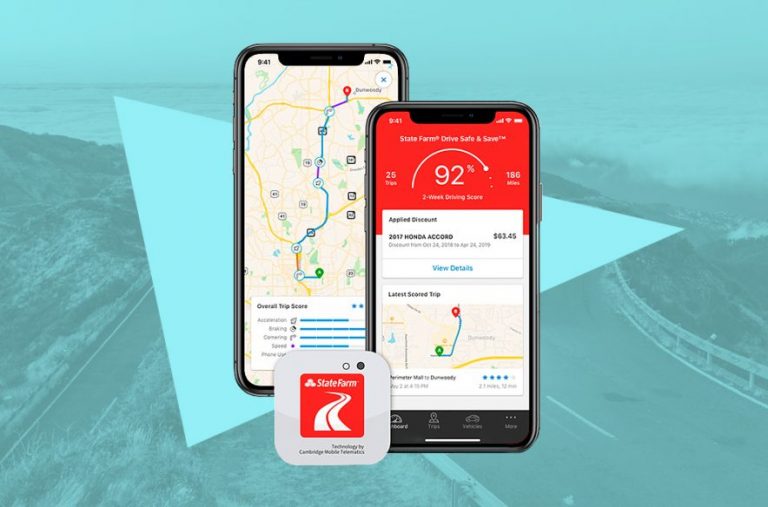Australian enterprises can benefit from logistics software in many ways that can raise streamline operations and lead to an overall increase in ROI. Despite this option, many large logistics companies still rely on disparate, and sometimes out-dated and manual tools, to run their business. This is not only counter productive, but it can also cause huge problems when it comes to business data consolidation”something that is crucial in today’s fast-paced information age. Australian logistics businesses can either adapt or fall behind without it.
Data Access Matters
Cloud solutions are a very attractive option for logistics companies who need access to their data on the go, and 24/7. With this kind of solution, data is stored in various secure servers that are not located and localised within office premises. Don’t let this kind of technicality fool you though; this simply means wherever you are and whatever time of day it is, when you need access to files, you can check them in real time.
In many of today’s larger companies, there are those that still rely on spreadsheets to manage books. These tools have been very effective alternatives to logistics software, especially at the times that company was just starting out. But now that operations have grown significantly and jobs need to be processed as fast as possible to realise the return on investment targeted, you need to tools that will help you streamline operations and allow your employees to do more in less time.
Manual Data Consolidation Woes
With the manual and out-dated method of operations management, what logistics companies do is log data manually”on paper”and then transfer it later to either a spreadsheet or a recording software. This will work with a smaller company with a fleet of less than five vehicles or a very small warehouse. However, when it comes to bigger companies, it is crucial that data is consolidated via cloud solutions, or at least via dedicated servers. The important thing to note here is that data should be readily accessible and should not be recorded on paper only.
becomes a waste of time when personnel need to write everything down on paper and then manually encode the data on the spreadsheet or the recording software. Human error occurs with this kind of process; errors are costly. You pay for overtime when orders surge because the process takes time. Then, personnel need to spend more time “merging” data from separate spreadsheets to give higher ups a better report of how business is going. All this could have been avoided with logistics software”on that consolidates all your data and makes it available anytime, anywhere.
The Next Step
For a bigger company that wants to streamline operations, avoid human error as much as possible, and process orders faster, it is imperative to seek alternatives to their current, manual data recording methods. Seeking the help of Australian logistics software providers is the first step. Take note that it’s not purchasing software immediately. You need to ask questions and learn more about the solution before investing in it. This can be done with proper consultation with your chosen provider.












+ There are no comments
Add yours